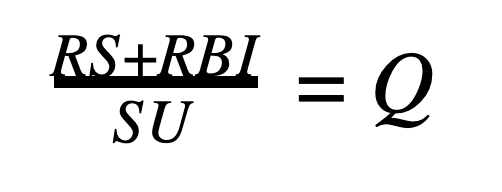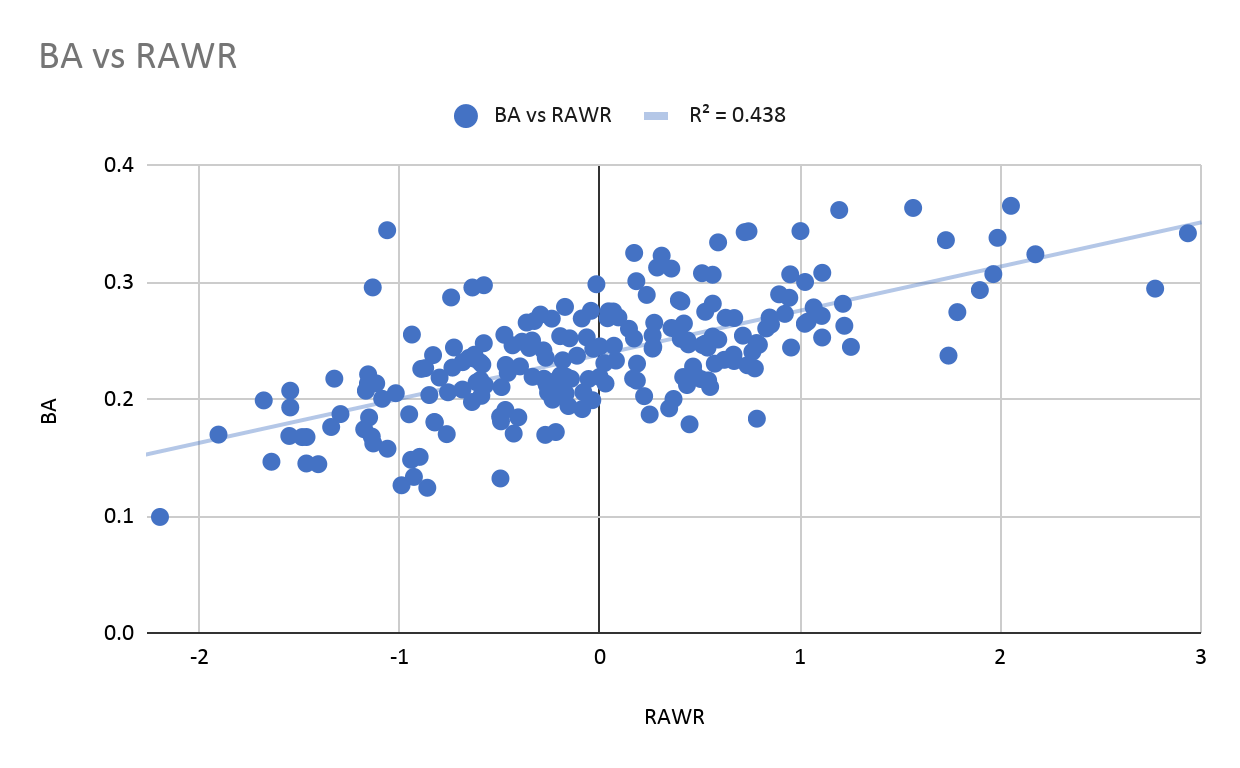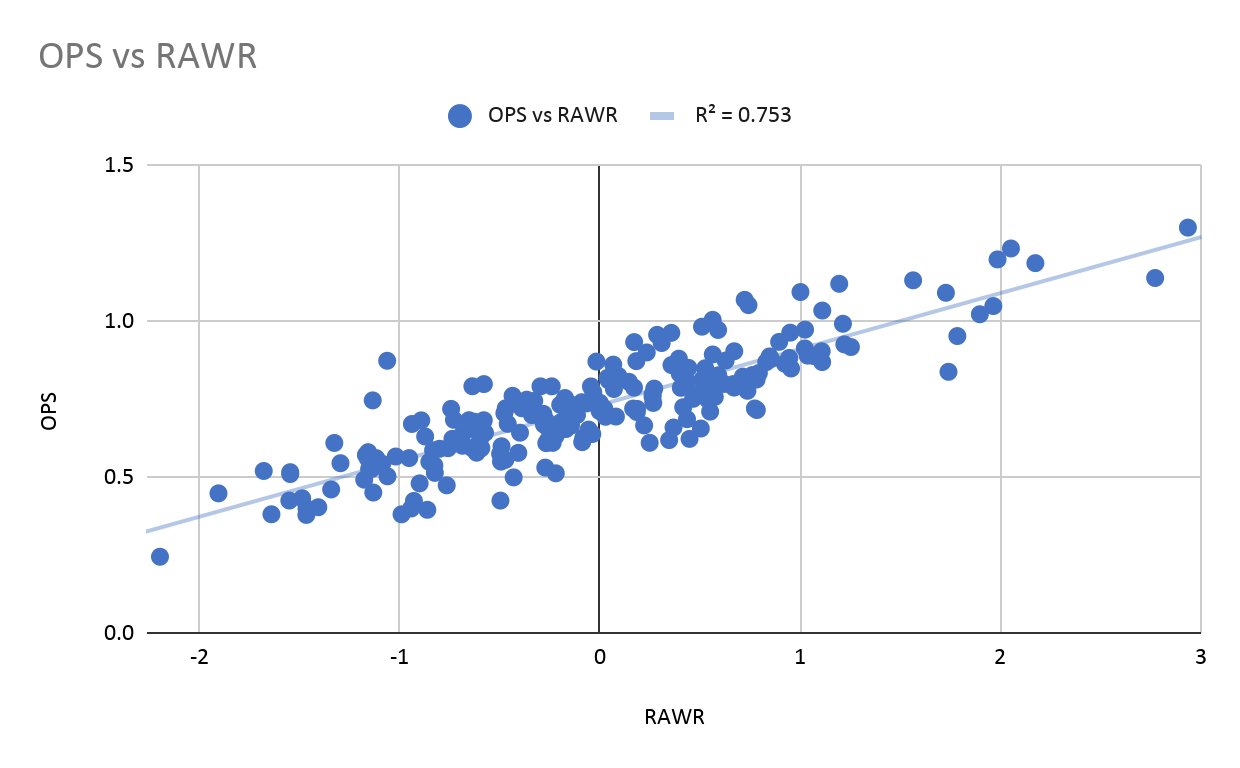Searching for the Worstbest Player in Blaseball: An Analysis

by: Jakob Cordes
At the beginning of this season, I intended to calculate Wins Above Replacement, or WAR. Why? Well, it’s an easy number to look at. It encapsulates a player’s whole deal in one stat that makes for easy comparison to other players.
And a WAR would be great to have in a season of Blaseball where every unwin was one more step removed from the playoffs. This season, the MVP was the player whose WAR hits rock bottom and kept digging – and I’m making it my mission to find the worstbest player in season 19.
If you know anything about Sibrmetrics, which I do not, you may be shouting at your screen right now like an underpaid lifeguard trying desperately to warn an oblivious swimmer of a menacing gray rectangle just offshore. This is because WAR is very difficult to calculate well and very easy to mess up, especially when one is drawing from a dataset produced in a league where such events as Unwins and Unruns have become just another hourly occurrence.
I did not know all that when I set out to write this piece (I thought I would have to write 2, maybe 3 Excel functions max), but I know it now.
If you push on further in this article— and be warned, not only is my statistical methodology atrocious, my prose stinks like gorgonzola as well— just know, dear reader, that I am sorry.
WAR, huh! What is it good for?
Real WAR (to contrast with my new franken-statistic, which I’ll call Righteousness And What’s Rockin or RAWR) has a complex formula— and to make matters worse, it’s a formula that varies greatly between statistical compendiums. For my purposes, RAWR will be based on Baseball References’ methodology. I say “based on” and not “replicating” because the end product will not be “recognizable” or “useful in any way,” unlike Baseball Reference’s very clever statistical tools.
This is in part because I don’t know what I’m doing, but it’s also a result of the limitations of SIBR’s data collection. For instance, I cannot find defensive statistics. Do they exist? Possibly! I’m not confident they don’t exist. I cannot find them.
Luckily, Baseball Reference’s formula does not use defensive stats, so I’m free to work my terrible business.
Here are the pieces I am going to use, in order of when I saw them and decided they were neat: Runs scored (RS), hits (H), doubles (D), triples (T), home runs (HR), Runs batted in (RBI), stolen bases (SB), caught stealing (CS), and a thing I’ll call showed up (SU), which is just all the boring denominator stats summed up.
RAWR
First, let’s mush some numbers together to get a set of what I like to call “vibe categories.” For RAWR, they consist of the following: Quota (Q – RS, RBI, SU), Fancyhanding (F – D, T, HR, H), and Scamper (SC – SB, CS).
Broadly speaking, these delineate the areas in which I believe batters can be said to be “good” (which is to say, in Season 19, Badtm).
Each vibe category will be weighted according to its importance, with Quota being the most important and Scamper being the least. This is, as the name vibe categories suggests, a vibes-based system. Let me know what you think of the vibes by @ing me on Twitter.
Quota
Quota is, basically, the number of runs a batter produces per at bat. This is both the simplest and probably the most important vibe to get a handle on. The formula is as follows:

Et voila, a simple measure of how often a player scores.
Fancyhanding
Fancyhanding is the alternative to Quota. It’s cooler, it’s more exciting, and it doesn’t necessarily translate to numbers on the scoreboard… but man is it fun to watch.

Don’t worry about where those coefficients came from. It’s probably not important.
Scamper
Finally, we have Scamper, the nearest thing to a speedometer in blaseball. It’s the degree to which players succeed at committing crimes, nothing more, nothing less.

Don’t… Don’t worry about it.
What Am I Supposed to Do with This?
Well, now we have to build context. We do this by normalizing the scores in each vibe category based on the average performance across the league.
I’m not going to describe how I arrived at this method here, but just know that it provides “normalized vibes” (dQ, dF and dSC), a measure adjusted to reflect the performance of the league.
(Fun fact: the sum of every player in the league’s dQ, dF and dSC is exactly 0! That’s math baby!)
These measures show exactly how exceptional a given player is in any particular vibe category, based on an assumption of a standard distribution.
Getting to RAWR
Now all that’s left is to weight these measures according to their importance. Remember the ranking from earlier? That still applies here. So dQ > dF > dSC. To be precise, the formula is as follows:

If you want to see the full methodology for RAWR, you can check it out here.
Doveryay, No Proveryay
In order to demonstrate the pragmatic efficacy of this measure, I’ll show its correlation with two generally accepted measures of batter performance: OPS and Batting Average.


As you can see, there’s a strong correlation between RAWR and the two major measures of batter performance. However, RAWR gives a more complete picture of overall performance than either measure individually. All you have to do is look at the players hovering around a -1 RAWR, who nevertheless have a very high BA or OPS— or the margins, where two players with a similar BA and OPS can be separated by a huge gulf in RAWR, reflecting a more holistic consideration of their contributions.
Validity is supported in the methodology document by the predictive ability of team RAWR vs Win%.
The Unwinner
Phew, so what was I doing again?
Oh, right. The worstbest player in Blaseball.
We’ll get to that in a second – first, let’s look at the bestworst player. The star who drove their team out of contention one grand salami at a time.
This season that standout player was… Collins Melon? Yeah, I checked the math twice. With a RAWR of 3.25, Collins Melon of the Breckenridge Jazz Hands is the bestworst player in the league, beating out runner-up Aldon Cashmoney II (2.94).
I actually think this is a good example of the value of RAWR— Melon doesn’t dominate in any one category. Their Quota is extremely high (4.11), but they also achieved an exceptional Scamper (3.02) and solid Fancyhanding (1.62).
Melon didn’t top any leaderboards in Season 19 (the closest they got was 2nd in the league in bases stolen), but that didn’t matter: when Breckenridge was desperately hoping not to score, Melon was there, stealing their way into scoring position time after time, batting their teammates in, and drawing a frankly absurd number of walks (4th in the league).
But Who is Our Champion, the Loser-of-Games?
Look, I’m not gonna stretch this out any longer. It’s Cornelius Games, at -2.19 RAWR. Worstbest in the league, baby.
Games, of the Charleston Shoe Thieves, leads the league in strikeouts and absolutely nothing else (246). In fact, Games is another good example of the holistic nature of RAWR: they were struck out at more than half of their plate appearances, but also achieved a negative Crime Differential, getting caught three times in the season while only successfully stealing a solitary base.
And the Shoe Thieves have been propelled to a postseason appearance, thanks in no small part to Games’ antics at the plate.
But is this fair to Games? Well, it might help to recognize that Games was, until the end of Season 18, a pitcher – thrust suddenly into the batting lineup with no preparation, on the whims of fate.
In light of that, we should take a kind view of Games’ performance this season. While Melon will undoubtedly go on to lead the league again, (in another season, when skill is rewarded and all is right) Games can only be champion of the league here, today, in Season 19.
After all, this is the season that gave my beloved Team from Mexico City a shining path to the top of Wild High, led by their unstar pitcher, the entirely-domitable Axel Cardenas.
It’s a season of losers— beautiful, terrible losers. One and all.
(Thanks, as always and ever, to SIBR for the meticulous store of data they horde like so many accountant dragons.)



